Learning Game Physics with Bullet Physics and OpenGL. Practical 3D physics simulation experience with modern feature-rich graphics and physics APIs Chris Dickinson
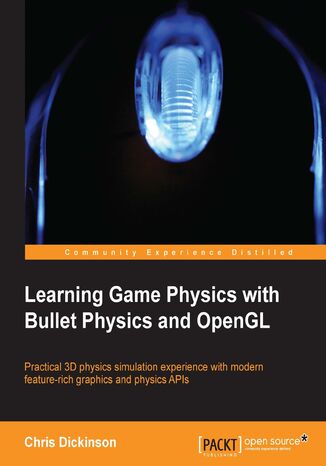



- Autor:
- Chris Dickinson
- Wydawnictwo:
- Packt Publishing
- Ocena:
- Stron:
- 126
- Dostępne formaty:
-
PDFePubMobi
Opis
książki
:
Learning Game Physics with Bullet Physics and OpenGL. Practical 3D physics simulation experience with modern feature-rich graphics and physics APIs
A comprehensive guide to start building games with the Bullet Physics library. Learn how modern physics engines work by implementing key features such as collision event systems, user input handling, and simulation of soft bodies. Then learn to control it all with forces, constraints, and robust object management. This book will reveal what’s going on under the hood of two modern and feature-rich graphics and physics APIs; OpenGL and Bullet Physics.
This book begins by teaching you to write your first OpenGL application, and then dives in to exploring the many features of the Bullet library in a straightforward manner. Each new feature expands upon the last, teaching you more about how physics is simulated in a video game, and how Bullet gives you the power to control every aspect of your simulation. You will learn how to render simple and complex shapes, apply some basic lighting, and construct a simple yet robust rendering system. From here, you will pull back the veil to see what’s going on underneath Bullet Physics, and learn to implement key game logic features through this widely-used and extensive physics library. After you finish this book, you’ll be armed with a wealth of knowledge to tackle the more advanced aspects of game graphics and physics going forward.
Wybrane bestsellery
Packt Publishing - inne książki
Dzięki opcji "Druk na żądanie" do sprzedaży wracają tytuły Grupy Helion, które cieszyły sie dużym zainteresowaniem, a których nakład został wyprzedany.
Dla naszych Czytelników wydrukowaliśmy dodatkową pulę egzemplarzy w technice druku cyfrowego.
Co powinieneś wiedzieć o usłudze "Druk na żądanie":
- usługa obejmuje tylko widoczną poniżej listę tytułów, którą na bieżąco aktualizujemy;
- cena książki może być wyższa od początkowej ceny detalicznej, co jest spowodowane kosztami druku cyfrowego (wyższymi niż koszty tradycyjnego druku offsetowego). Obowiązująca cena jest zawsze podawana na stronie WWW książki;
- zawartość książki wraz z dodatkami (płyta CD, DVD) odpowiada jej pierwotnemu wydaniu i jest w pełni komplementarna;
- usługa nie obejmuje książek w kolorze.
Masz pytanie o konkretny tytuł? Napisz do nas: sklep@helion.pl
Książka drukowana


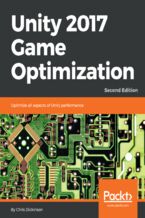

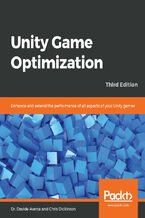
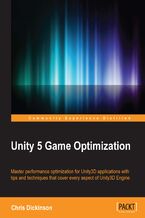
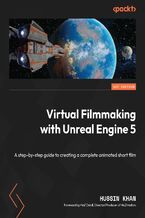
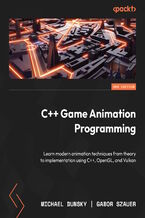
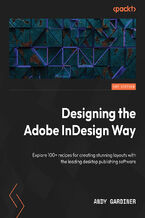
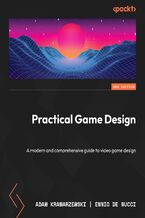
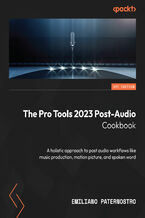
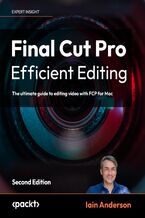
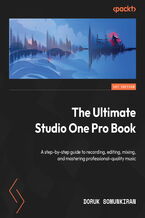
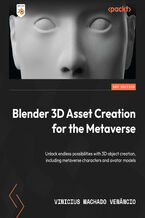
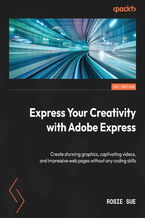
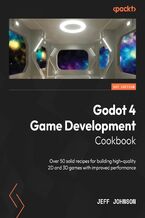







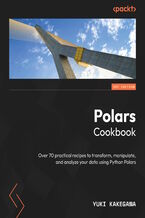
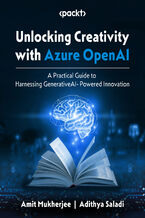
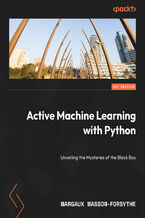
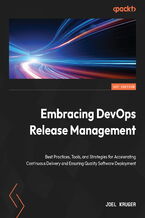



Oceny i opinie klientów: Learning Game Physics with Bullet Physics and OpenGL. Practical 3D physics simulation experience with modern feature-rich graphics and physics APIs Chris Dickinson
(0)